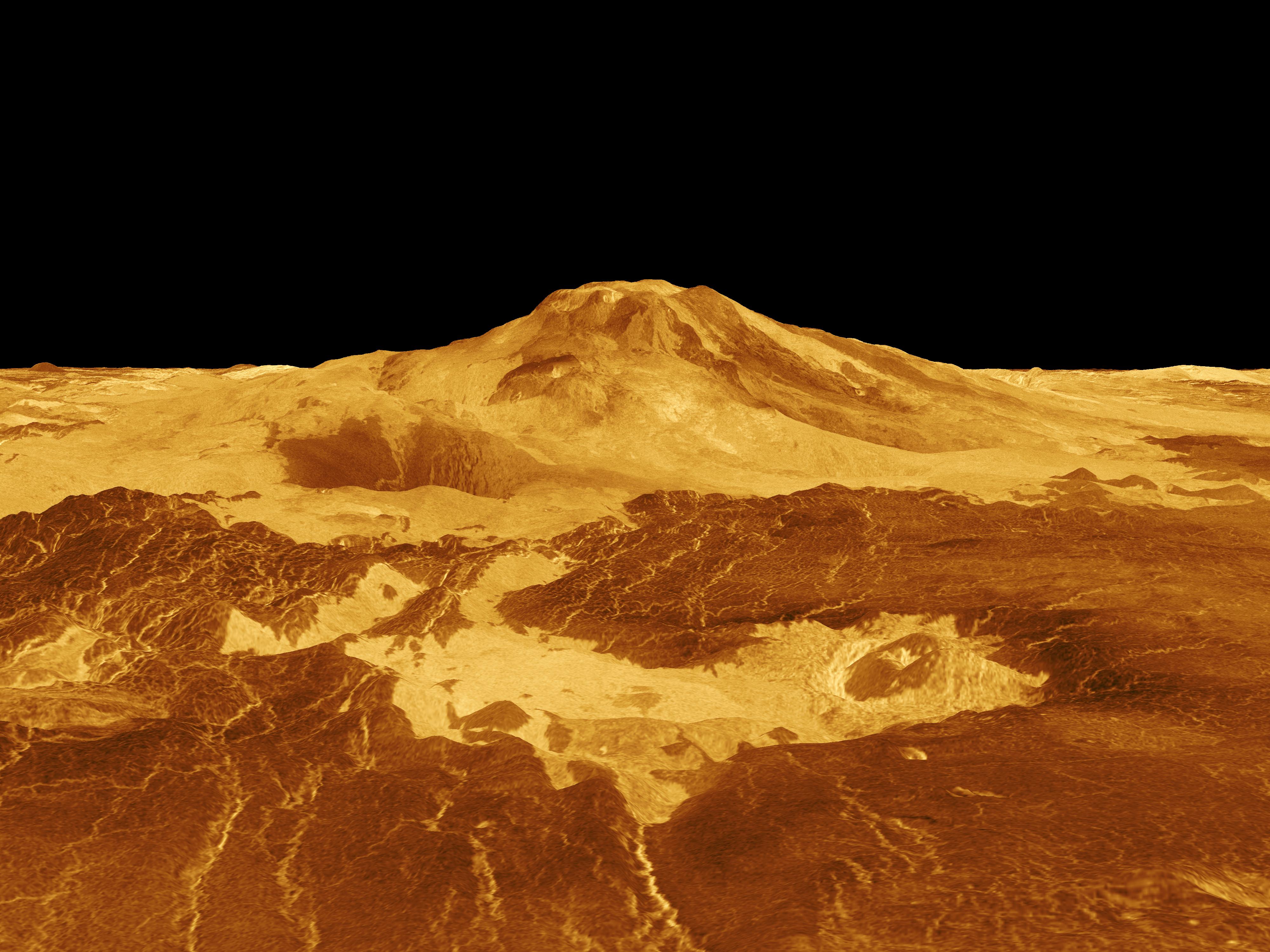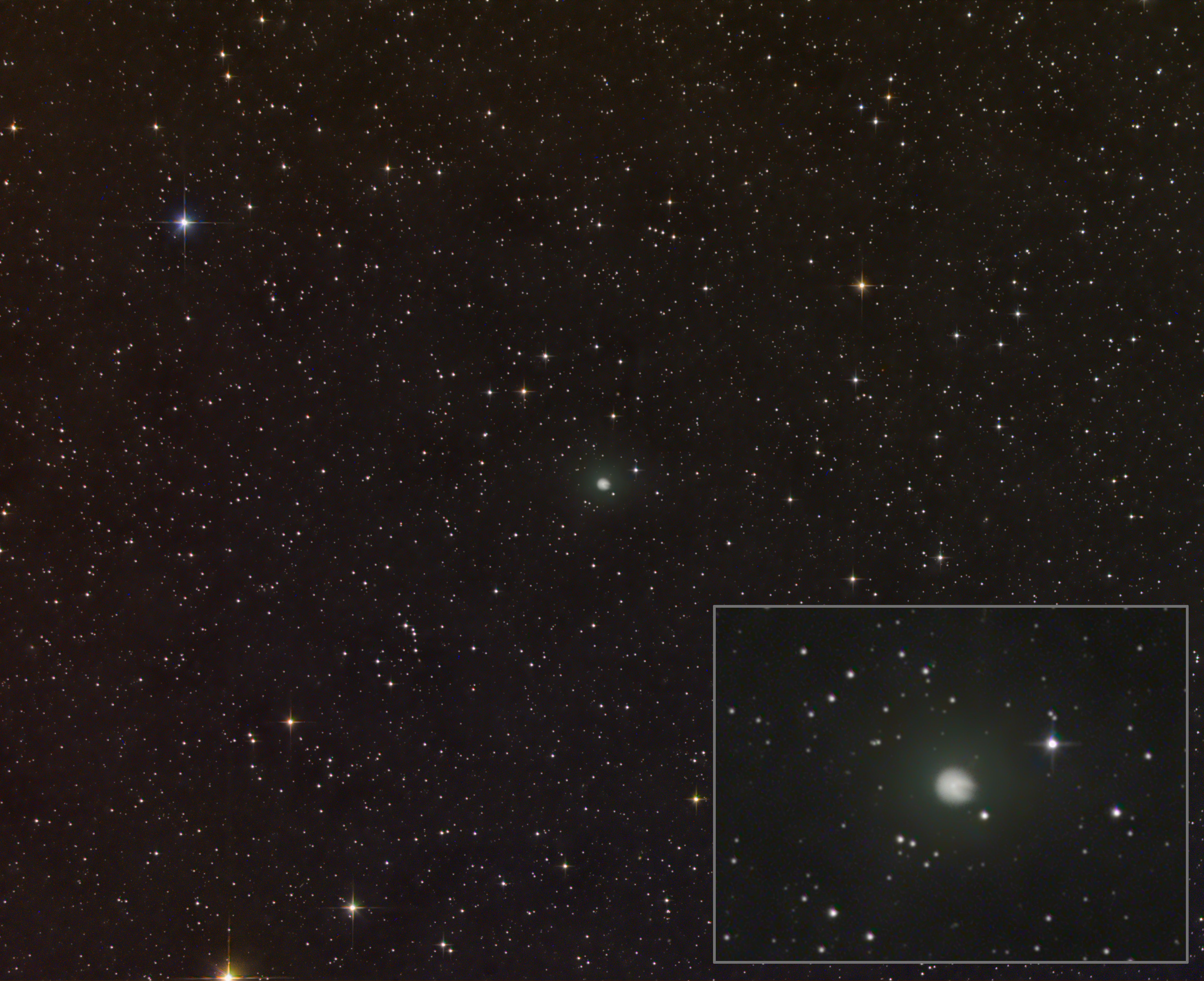In fact, two CU Boulder researchers say all that may have been required to sustain liquid water and primitive life on Earth during the Archean era 2.8 billion years ago were reasonable atmospheric carbon dioxide amounts believed to be present at the time and perhaps a dash of methane. The key to the solution was the use of sophisticated 3-D climate models that were run for thousands of hours on CU’s Janus supercomputer, rather than crude, one-dimensional models used by almost all scientists attempting to solve the paradox, said Eric Wolf from CU.
“It’s really not that hard in a 3-D climate model to get average surface temperatures during the Archean that are in fact moderate,” said Wolf. “Our models indicate the Archean climate may have been similar to our present climate, perhaps a little cooler. Even if Earth was sliding in and out of glacial periods back then, there still would have been a large amount of liquid water in equatorial regions, just like today.”
Evolutionary biologists believe life arose on Earth as simple cells roughly 3.5 billion years ago, about a billion years after the planet is thought to have formed. Scientists have speculated the first life may have evolved in shallow tide pools, freshwater ponds, freshwater or deep-sea hydrothermal vents, or even arrived on objects from space.
Scientists have been trying to solve the faint young Sun paradox since 1972, when Cornell University scientist Carl Sagan — Toon’s doctoral adviser at the time — and colleague George Mullen broached the subject. Since then, there have been many studies using one-dimensional climate models to try to solve the faint young Sun paradox, with results ranging from a hot tropical Earth to a “snowball Earth” with runaway glaciation, none of which has conclusively resolved the problem.
“In our opinion, the one-dimensional models of early Earth created by scientists to solve this paradox are too simple. They are essentially taking the early Earth and reducing it to a single column atmospheric profile,” said Toon. “One-dimensional models are simply too crude to give an accurate picture.”
Wolf and Toon used a general circulation model known as the Community Atmospheric Model version 3.0 developed by the National Center for Atmospheric Research in Boulder and which contains 3-D atmosphere, ocean, land, cloud, and sea-ice components. The two researchers also “tuned up” the model with a sophisticated radiative transfer component that allowed for the absorption, emission, and scattering of solar energy and an accurate calculation of the greenhouse effect for the unusual atmosphere of early Earth, where there was no oxygen and no ozone, but lots of carbon dioxide (CO2) and possibly methane.
The simplest solution to the faint Sun paradox, which duplicates Earth’s present climate, involves maintaining roughly 20,000 parts per million (ppm) of the greenhouse gas CO2 and 1,000 ppm of methane in the ancient atmosphere some 2.8 billion years ago, said Wolf. While that may seem like a lot compared to today’s 400 ppm of CO2 in the atmosphere, geological studies of ancient soil samples support the idea that CO2 likely could have been that high during that time period. Methane is considered to be at least 20 times more powerful as a greenhouse gas than CO2 and could have played a significant role in warming the early Earth as well, said the CU researchers.
There are other reasons to believe that CO2 was much higher in the Archean, said Toon. The continental area of Earth was smaller back then, so there was less weathering of the land and a lower release of minerals to the oceans. As a result, there was a smaller conversion of CO2 to limestone in the ocean. Likewise, there were no “rooted” land plants in the Archean, which could have accelerated the weathering of the soils and indirectly lowered the atmospheric abundance of CO2, Toon said.
Another solution to achieving a habitable but slightly cooler climate under the faint Sun conditions is for the Archean atmosphere to have contained roughly 15,000 to 20,000 ppm of CO2 and no methane, said Wolf. “Our results indicate that a weak version of the faint young Sun paradox, requiring only that some portion of the planet’s surface maintain liquid water, may be resolved with moderate greenhouse gas inventories,” the authors wrote in Astrobiology.
“Even if half of Earth’s surface was below freezing back in the Archean and half was above freezing, it still would have constituted a habitable planet since at least 50 percent of the ocean would have remained open,” said Wolf. “Most scientists have not considered that there might have been a middle ground for the climate of the Archean.
“The leap from one-dimensional to 3-D models is an important step,” said Wolf. “Clouds and sea ice are critical factors in determining climate, but the one-dimensional models completely ignore them.”
Has the faint young Sun paradox finally been solved? “I don’t want to be presumptuous here,” said Wolf. “But we show that the paradox is definitely not as challenging as was believed over the past 40 years. While we can’t say definitively what the atmosphere looked like back then without more geological evidence, it is certainly not a stretch at all with our model to get a warm early Earth that would have been hospitable to life.”
“The Janus supercomputer has been a tremendous addition to the campus, and this early Earth climate modeling project would have impossible without it,” said Toon. The researchers estimated the project required roughly 6,000 hours of supercomputer computation time, an effort equal to about 10 years on a home computer.










